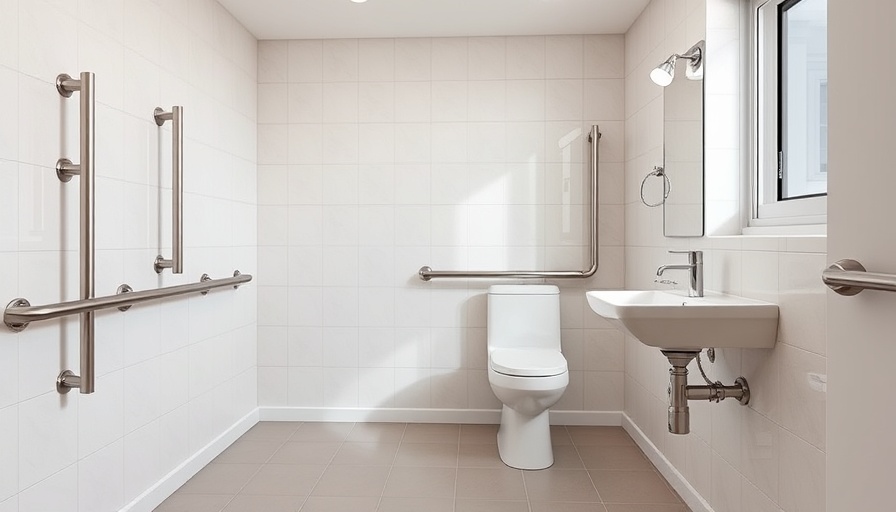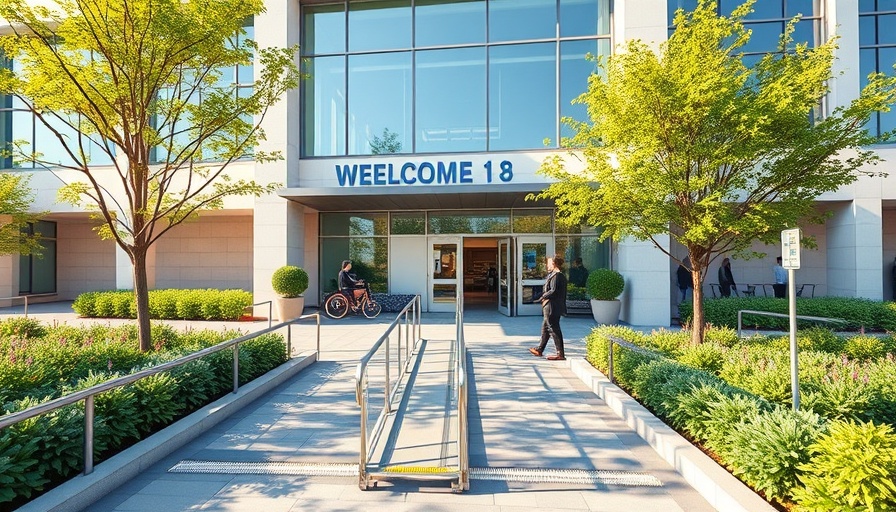
Understanding Local Building Codes for Accessible Bathrooms
Creating accessible bathrooms isn’t merely a courtesy, it’s a vital component of legal requirements in many jurisdictions. Local building codes set forth baseline standards to ensure restrooms are usable for individuals with disabilities. For homeowners and business owners alike, knowing these regulations can simplify the construction or remodeling process while averting costly mistakes. Whether you’re considering a renovation or building from scratch, understanding how local codes intersect with your plans is crucial.
Why Accessibility Matters
Accessibility in restrooms is far more than a legal obligation; it’s about promoting inclusivity in our communities. A well-designed accessible bathroom doesn’t only benefit individuals with mobility challenges—it enhances usability for all. Consider parents wrestling with strollers or elderly individuals needing assistance. Features like wider doors and grab bars serve many purposes, fostering an environment that values everyone’s needs.
Moreover, compliance with accessibility codes not only prevents potential legal trouble, such as fines and lawsuits, but it also reflects a commitment to social responsibility. By prioritizing accessible designs, we align our values with our actions, thus creating a supportive culture.
The Basics of Bathroom Design Compliance
As you set out to design an accessible bathroom, several key elements must be incorporated to adhere to local building codes. Door widths, typically a minimum of 32 inches, are essential for accommodating wheelchair users. Stalls generally need to be at least 60 inches wide, ensuring ample maneuverability.
Additionally, the placement and height of fixtures such as sinks and toilets are significant. For instance, seniors or others with mobility issues might find it easier to use facilities designed at specific heights. Strategically installed grab bars, essential for stability, must adhere to local specifications to offer meaningful support.
Local Building Codes: A Patchwork of Regulations
One of the challenges in creating accessible bathrooms lies in the variation of building codes from one jurisdiction to another. Some areas may have stricter regulations than others, sometimes influenced by state or even federal requirements, such as the Americans with Disabilities Act (ADA). Familiarity with the local codes is paramount, as failure to comply can lead not only to fines but also to frustrating renovation delays.
Common Misconceptions About Accessibility
Many people wrongly assume that accessibility features are only necessary for new builds, but this perspective can hinder progress in older buildings. Renovation provides a prime opportunity to incorporate accessibility features, making facilities safer and more user-friendly. Furthermore, misunderstandings around the costs associated with creating accessible spaces often prevent owners from making necessary improvements. While upgrades can seem substantial, the long-term benefits of inclusivity coupled with compliance can outweigh initial investments.
Practical Insights for Homeowners and Business Owners
When planning your accessible bathroom, it can be helpful to engage with experts early in your design process. Collaborating with architects or contractors familiar with local building codes is essential to ensure your projects adhere to all regulations.
Incorporating various accessibility upgrades, like adjustable sinks and non-slip flooring, can promote a safe environment for everyone, regardless of their ability. Additionally, consider gender-neutral options in restrooms; this not only enhances accessibility but also caters to the needs of all users.
Future Trends in Bathroom Accessibility
As awareness around the importance of accessibility continues to grow, we can expect to see shifts in building codes becoming more standardized in regards to accessibility. Innovations in bathroom design technology, such as remote-controlled fixtures and touchless faucets, may further elevate the standard of accessibility.
Moreover, as more facilities adopt accessibility standards, it will challenge others to follow suit, fostering an overarching culture of inclusiveness.
In conclusion, prioritizing accessibility is not merely about following the law; it's a meaningful commitment to community well-being. By understanding and implementing local building codes for accessible bathrooms, you contribute to creating spaces where everyone feels welcomed and valued.
Take Action Today
As we move toward a more inclusive society, it’s up to each of us to take the initiative. If you’re considering renovations or new constructions, be proactive in understanding your local building codes regarding accessibility. Not only will you enhance your facility’s usability, but you will also contribute to a culture of acceptance and support for all individuals, irrespective of their abilities.
 Add Row
Add Row  Add
Add 




Write A Comment